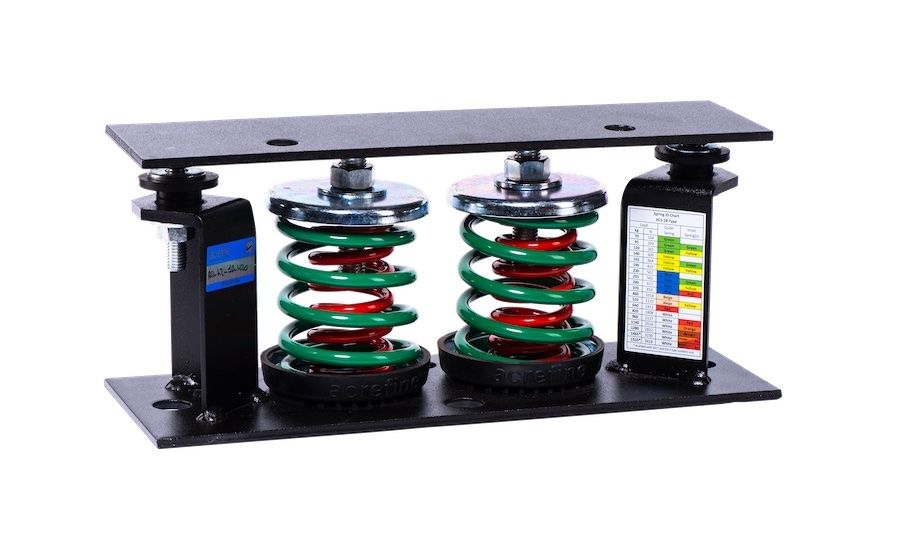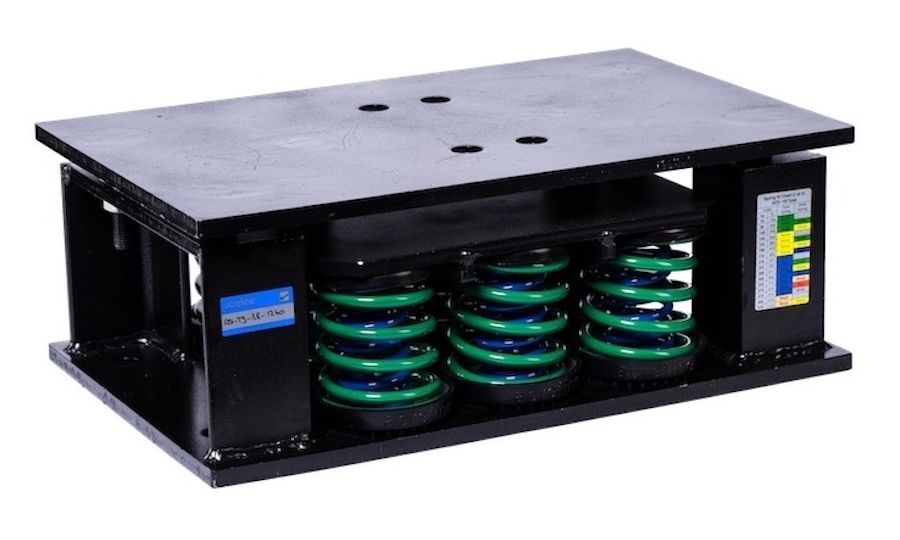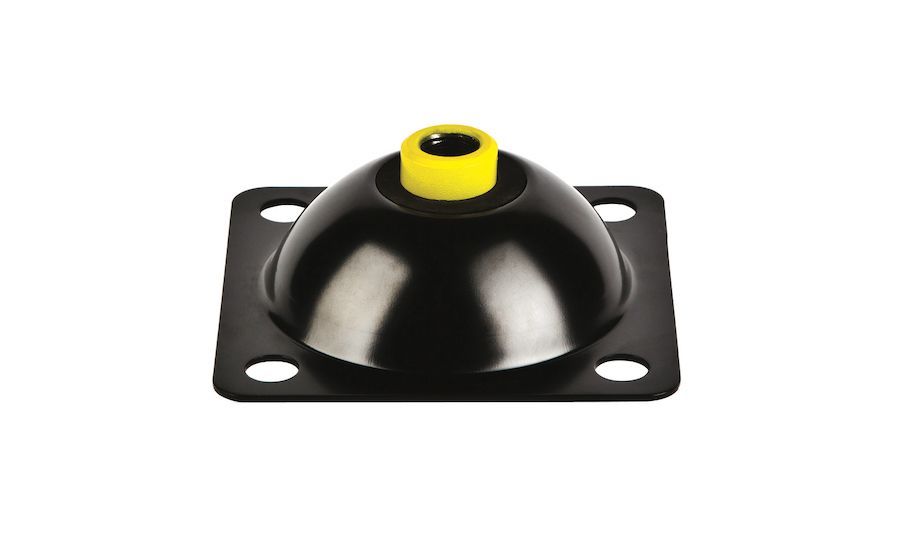Seismic Spring Isolators to Restrain Floor Mounted Machinery
Seismic restrained spring isolators are essential for HVAC equipment such as chillers, cooling towers, pumps and compressors. These devices provide effective vibration isolation while also offering protection against natural disasters.
By combining vibration isolators with restraining features, these mounts help protect floor mounted equipment from earthquakes. And also isolate vibration during normal operation. They have steel springs and housing for maximum durability.
What Are Seismic Seismic Restrained Spring Mounts?
Seismic isolators (or mounts) limit the movement of equipment. They combine isolation with restraint. All-directional mounts are crucial for non-structural components. For instance mechanical equipment that require both vibration control and protection from earthquakes.
The specifications for spring and elastomer mounts include several key factors, such as deflection capacity and housing stability. These mounts must meet specific building codes and standards like ASHRAE and IBC to be compliant. The steel housing shall be properly coated for corrosion resistance.
Vibration Isolation and Seismic Restraint Combined | No Need for Snubber
In modern non-structural design, it’s important to obtain both isolation and restraint together. Seismic vibration isolators provide a combination of these two functions. Allowing equipment to remain stable during both working vibrations and seismic events. This is especially critical in applications where high winds or earthquake loads are common.
To protect your equipment, you don’t need to use both a seismic snubber and a vibration isolator together. Because these mounts provide both functions. This way, you ensure comprehensive protection against both shock and vibration.
All-Directional Restraint including both Horizontal and Vertical Loads
Carefully calculate deflection and lateral movement to ensure that the mounts can handle the expected seismic loads. Additionally, make sure the assembly of these mounts includes bolts and anchors. These assure isolators to withstand the forces of an earthquake.
Use inertia base for heavy pumps. Inertia base supported equipment have additional travel distance of spring deflection.
Seismic Spring Isolators are Suitable for High Wind Loads
Higher winds require greater load capacities for spring mountings. Seismically rated spring mounts provide these capacities. Cooling towers, chillers and air conditioner units on roofs fall into this category. They need high deflection spring isolators for vibration and noise control.
Carefully calculate the rated load requirements based on frequency. Spring deflection and stiffness is the key. Avoid acoustical concerns of heavy machinery in rooftop levels.
Heavy-Duty Seismic Restrained Isolators with Rugged Housing
Our standard ranges are up to 41,150 lbs maximum load. But we manufacture much bigger isolators for special cases in the industry. In addition to standard coating, we also provide galvanized housing for superior corrosion protection.
Take a look at our ASI-T Series. Contact us for expert advice. We welcome your inquiry.
Installation of Restrained Spring Vibration Isolators
Proper assembly and installation of spring mounts are crucial to ensure their effectiveness during a seismic event. The process must follow detailed guidelines to guarantee correctly positioning the isolators. Securely fasten the bolts or use welding for additional stability.
Use steel members and anchor points to support the equipment for ensuring that it remains laterally stable. Ensuring proper installation also requires that the deflection is within the specified range to provide the necessary seismic isolation. Pay special attention to spring adjustment.
Our YouTube videos include detailed information of installation.






